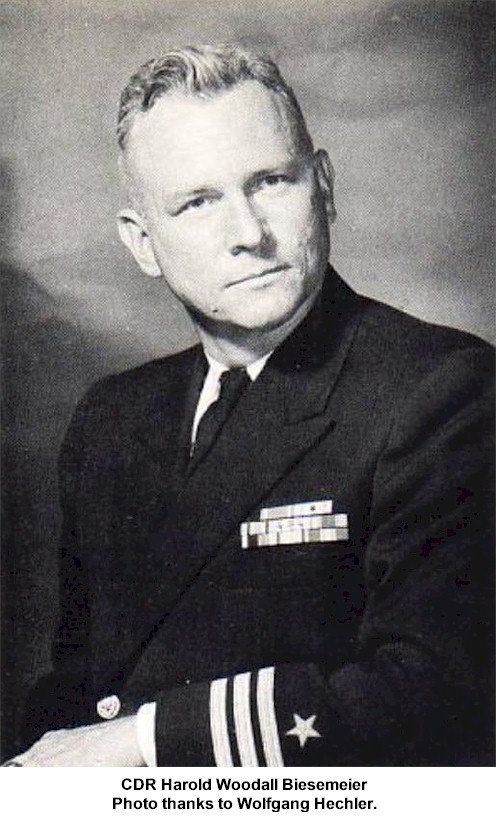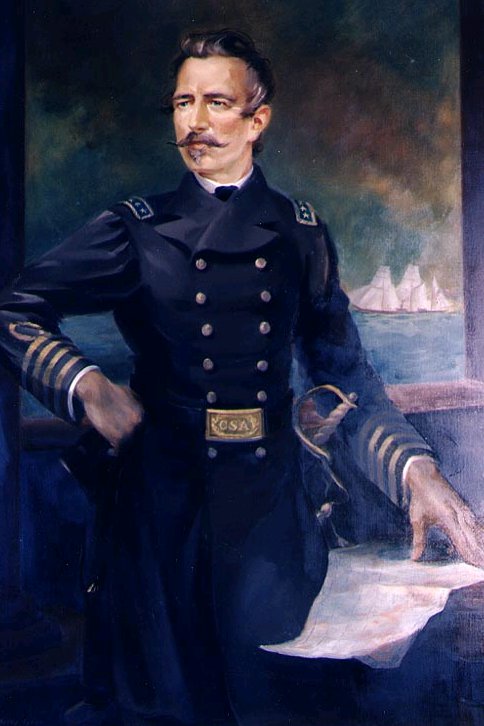Benedict Joseph Semmes
Benedict Joseph Semmes ( born November 1, 1789 Charles County, Maryland, † February 10, 1863 in Prince George's County, Maryland ) was an American politician. Between 1829 and 1833 he represented the state of Maryland in the U.S. House of Representatives.
Career
Benedict Semmes attended the common schools and a medical school in Philadelphia. After a subsequent medical studies at the Baltimore Medical School and his 1811 was admitted as a doctor, he started in Piscataway to work in this profession. Later, he was also active in agriculture. Politically, joined Semmes of the movement to President John Quincy Adams and was a member of the short-lived National Republican Party. Between 1825 and 1828 he sat in the House of Representatives from Maryland and served temporarily as its president. After that, he was a member of the State Senate.
In the congressional elections of 1828 Semmes in the second electoral district of Maryland was in the U.S. House of Representatives in Washington DC chosen, where he became the successor of John Crompton Weems on March 4, 1829. After a re-election he was able to complete in Congress until March 3, 1833 two legislative sessions. Since the inauguration of President Andrew Jackson in 1829, was discussed inside and outside of Congress vehemently about its policy. It was about the controversial enforcement of the Indian Removal Act, the conflict with the State of South Carolina, which culminated in the Nullifikationskrise, and banking policy of the President.
In the years 1842 to 1843 Benedict Semmes was once a member of the Lower House of Maryland; then he withdrew into retirement. He died on February 10, 1863 in Prince George's County.










